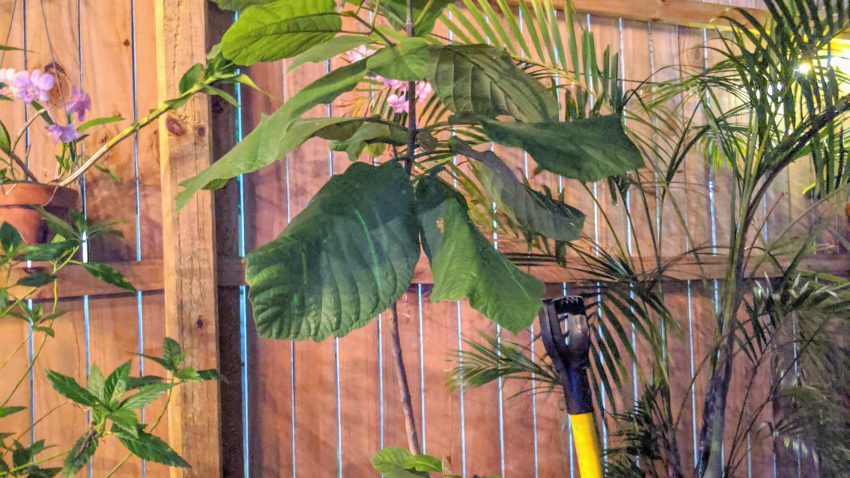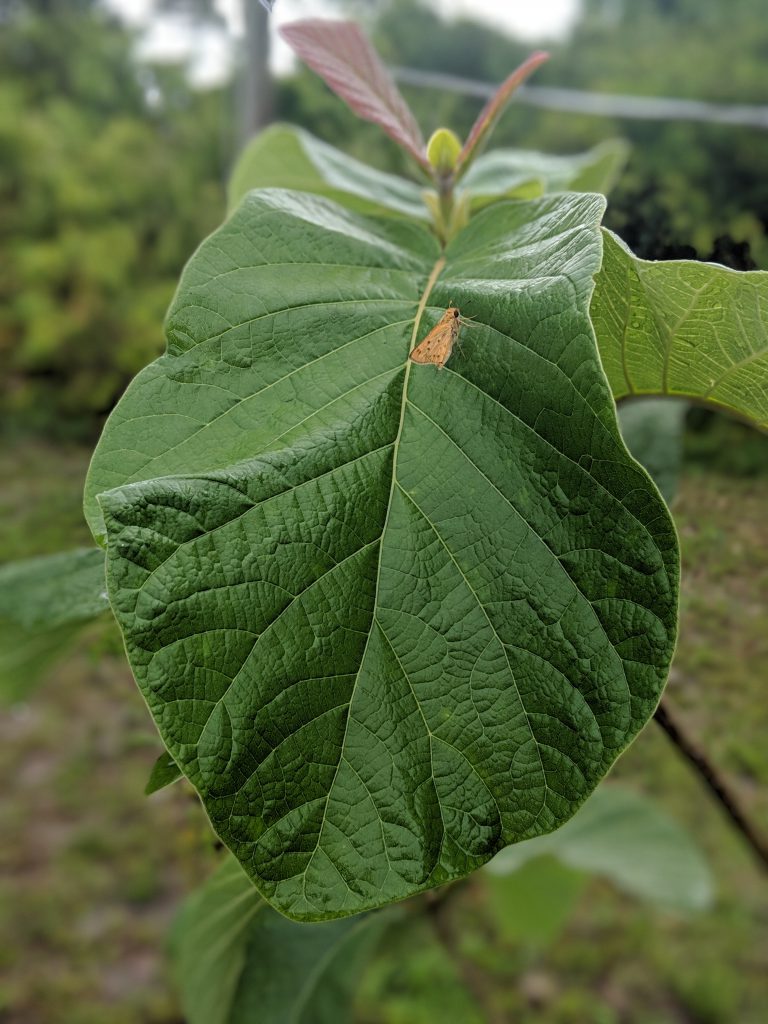Mitragyna Hirsuta – Fresh Leaf

Mitragyna Hirsuta – Fresh Leaf
Each fresh Mitragyna Hirsuta leaf is equal to around .8 or 1.2g of dried leaf. Each leaf is picked to ship, for freshness we recommend you select 2-day shipping. Your leaf will keep for around eight days in the fridge or 3 – 4 days at room temperature in a sealed bag. It can be air-dried to preserve the leaf at which point it can be stored like your typical Kratom leaf or powder.

What is Mitragyna Hirsuta?
Mitragyna Hirsuta comes from the same genus and family as Mitragyna Speciosa (Kratom plant). It is a popular kratom alternative because it shares similar properties. The leaves are green with a lighter green white vein that runs through them. They tend to be smaller than Mitragyna Speciosa leaves, and have a street name of “kra thum khok”.
The Mitragyna Hirsuta plant is native to the jungles of Thailand, Vietnam, Cambodia, and Malaysia. Kratom became illegal in 1943 in Thailand and Mitragyna Hirsuta became very popular in this area as an alternative.
Just like kratom, traditional forms of use included chewing the leaf. This was widely done throughout the Southeast Asia culture and is not a prevalent form in the Western World because the plants do not naturally grow here and it is hard to gain access to the actual leaves. They are typically crushed into a powder and sold on the market.
Mitragyna hirsuta powder is a very popular alternative to the kratom plant. It is not offered in a lot of local stores but can be sourced through an online vendor.
Mitragyna Hirsuta vs Kratom
M Speciosa (kratom) has a robust alkaloid content. The high concentrations of mitragynine are what make kratom well known. These alkaloids are known to work with the receptors in the brain. M Hirsuta on the other hand does not contain mitragynine or the other active indole alkaloid that makes kratom well-known, 7-hydroxymitragynine.
Mitragyna Hirsuta is rich in a different alkaloid known as mitraphylline. However, the overall mechanism of this alkaloid is the same as kratom. There is not a lot of scientific research surrounding either herb, which only provides anecdotal experiences to be searched.
What are Mitragyna Hirsuta’s Key Alkaloids
We did touch on this above but let’s take a deeper look at the indole alkaloid profile for Mitragyna Hirsuta. This ancient herb, just like kratom, is known for its key alkaloids and the overall balance that they offer.
However, the two key alkaloids in kratom which tend to be ban by many areas across the globe are Mitragynine and 7-hydroxymitragynine. Both of these alkaloids are not present in Mitragyna Hirsuta, which makes this herb much more accessible in the United States.
M Hirsuta contains mitraphylline, which binds to the same mu-opioid receptors in the brain as mitragynine. This alkaloid is also present in kratom and Cat’s Claw (Uncaria Tomentosa). Another alkaloid that was recently discovered in Mitragyna Hirsuta is Isomitraphyllinol.
What are Mitragyna Hirsuta’s Key Alkaloids
The alkaloids in Mitragyna hirsuta are the active compounds that give the herb its effects. Fortunately, Mitragyna hirsuta is free of two of the top “controlled” substances present in kratom: Mitragynine and 7-hydroxymitragynine. This makes the herb much more accessible to consumers in the Western world.
Instead, this herb contains an alkaloid called mitraphylline that binds to the same mu-opioid receptors in the brain as mitragynine and is also present in kratom (Mitragyna speciosa) and cat’s claw (Uncaria tomentosa). Another oxindole alkaloid in the herb has been discovered recently that is called isomitraphyllinol, although the effects of this alkaloid are not currently understood and require further study.

Recent Comments